Common hazards associated with animal handling include:
- riding, including falls
- livestock unpredictability during mustering, loading and unloading stock (crush injuries caused by cattle are very common on Australian farms)
- exposure to musculoskeletal injuries during common farm activities such as drenching, branding or shearing
- exposure to diseases spread by animals, such as Q Fever, and
- inadequate or poorly maintained yards, races, gates and crushes, which may allow animals to escape or injure a worker.
Safety measures to control these risks include:
- ensuring your yards, races, gates and crushes are maintained and incorporate safe design principles (such as always having an easy escape route)
- using barriers or other physical controls to separate animals from people
- wearing appropriate personal protective equipment, for example a helmet when riding horses, and
- carefully observing an animal’s behaviour and temperament, respecting their size and strength and keeping a safe distance wherever possible.
| PCBUs: | Workers: |
|---|---|
| As a person conducting a business or undertaking (PCBU), you have a duty to keep yourself, your workers and your workplace safe from risks associated with working with animals. You must eliminate or minimise risks so far as is reasonably practicable. | Your PCBU has a duty to keep you and your workplace safe from risks associated with working with animals. You also have a duty to take reasonable care of your safety and that of others in the workplace. |
Everyone who works in agriculture must have the right skills to carry out their work safely.
